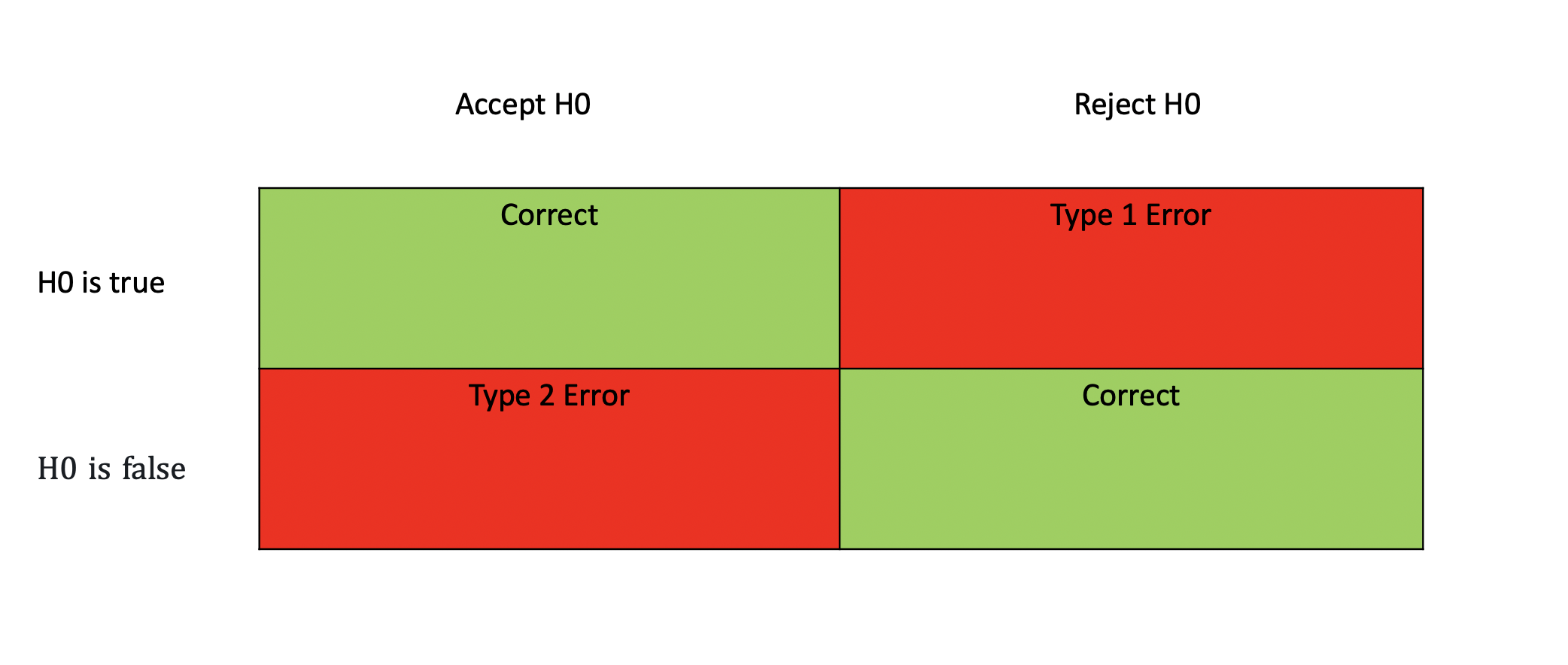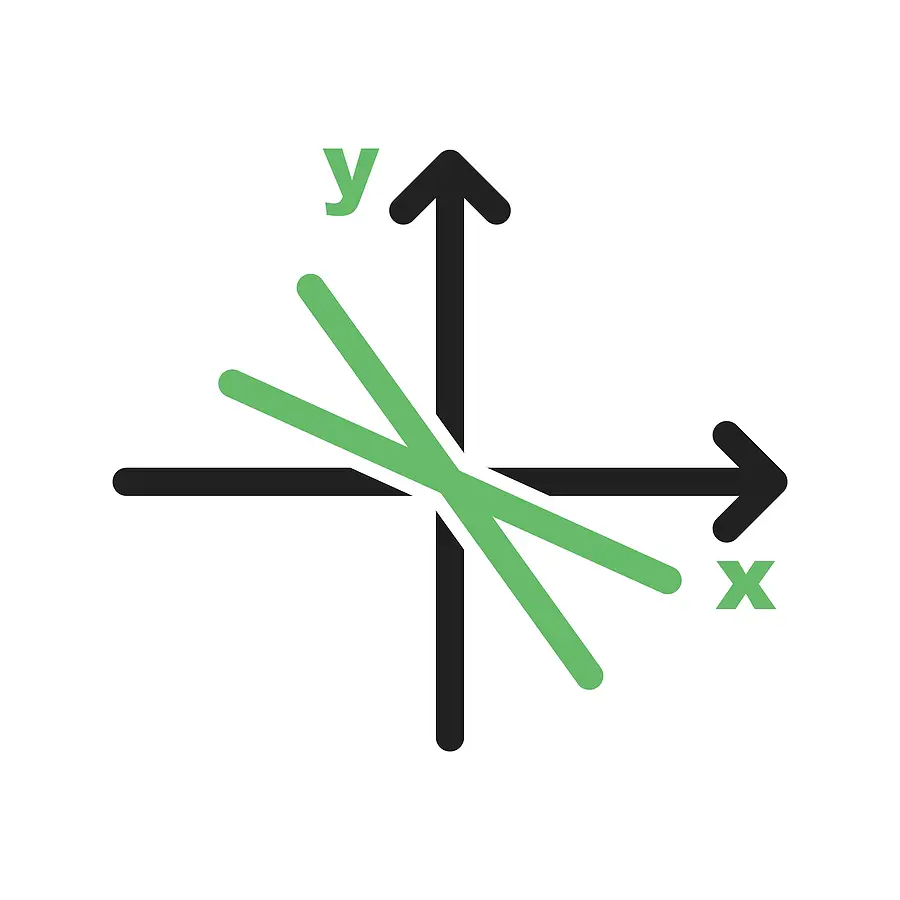Calculus For Machine Learning and Data Science
On December 31, 2020 In Calculus, Mathematics for Machine Learning
Sharing is caring
This series of blog posts introduces multivariate calculus for machine learning. While the first few posts should be accessible to anyone with a high-school math background, the articles covering vector calculus require a basic understanding of linear algebra. If you need a refresher, I’d suggest you first check out my series on linear algebra. Most of my examples reference machine learning to understand how mathematical concepts relate to practical applications. However, the concepts are domain-agnostic.
Index
- Rise Over Run: Understand the Definition of a Derivative
- Differential Calculus: How to Find the Derivative of a Function
- Products, Quotients, and Chains: Simple Rules for Calculus
- How to Take Partial Derivatives
- The Jacobian Matrix: Introducing Vector Calculus
- The Hessian Matrix: Finding Minima and Maxima
- The Multivariable Chain Rule
- Power Series: Understand the Taylor and MacLaurin Series
- Linearization of Differential Equations for Approximation
- Understanding The Gradient Descent Algorithm
- Lagrange Multipliers: An Introduction to Constrained Optimization
- The Fundamental Theorem of Calculus and Integration
Further Resources
For writing these posts I’ve relied on several textbooks, online courses, and blogs.
Sharing is caring




